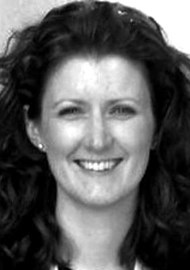The March issue of Operative Techniques in Otolaryngology is the first of two concentrating on oral surgery within the paediatric setting. It sets the scene with a paper on the anatomy of the paediatric oral cavity and the associated surgical considerations. The next paper that catches the eye is regarding ranula excision – a good topic for the FRCS exam. The author guides the reader through the relevant sublingual gland anatomy and defines clearly the differences between simple and plunging ranulas. It then delineates the aetiology, being largely due to duct obstruction (mainly simple) or mucous extravasation leading to a pseudocyst (mainly plunging). The authors remind the reader that in 20% of plunging ranulas the intraoral component is absent – a good exam tip! Findings on clinical examination are explored and also imaging techniques (mainly MRI) that are used, especially in plunging ranulas. Usefully they remind the reader of a number of possible differentials. Treatment approaches are then discussed, including sclerotherapy as a non-surgical option with a reasonable risk of fever, pain and need for further injections. The main message with the approaches of marsupialisation, incision and drainage and cyst excision, is that unless the sublingual gland is removed during the same procedure, recurrence rates are high (> 50%). They then go onto describe, in a stepwise approach, the intra-oral and trans-cervical approaches used, the latter for the plunging ranulas considered too large or difficult for intra-oral removal. The trans-cervical approach is largely similar to that of a submandibular gland excision with the ranula tract often paralleling with the submandibular duct. These explanations are aided by helpful colour diagrams and a word or two at the end regarding complications to be wary of. The article is written in an easy-to-read style, with logical progression and useful additions of diagrams – a great revision article.
Approaching a ranula
Reviewed by Suzanne Jervis
Ranula excision.
CONTRIBUTOR
Suzanne Jervis
FRCS (ORL HNS), Shrewsbury and Telford Hospitals, NHS Trust, UK.
View Full Profile



